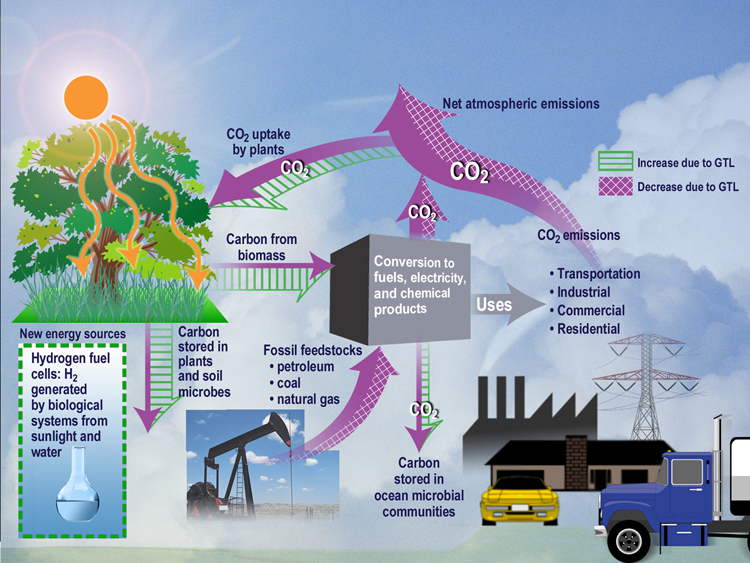Sustainability analysis, the assessment of the degree to which natural and social systems can continue to thrive together, needs adequate rules and relationships to be defined, if a workable model is to be made. Some of the rules may be derived from statistics such as the amount of chemicals released non-naturally into the environment, and their effect on flora and fauna. The different parameters, their values and their relationships allow models to be built to simulate outcomes. In some cases, it is also constructive to examine models in the light of rules that are based on common sense, as well as those that use quantitative measurements.
Commoner’s laws of ecology
Barry Commoner was a prominent ecologist, as well as being a biologist and politician. He defined four laws of ecology:
- Everything is connected to everything else (what affects one entity must affect the others)
- Everything must go somewhere (you can never throw anything away, it will always be there somewhere)
- Nature knows best (change in a natural system is likely to be detrimental to that system)
- There is no such thing as a free lunch (taking from nature without giving back is unsustainable)
Sustainability analysis in the 1970s
Commoner’s four laws were defined in the ‘Closing Circle’ in 1971, at a time when many economists considered that continuous economic growth could be sustained without limit. Ecological intervention was seen to be a result of economic growth (repairing damage done to the environment), rather than using ecological imperatives as the driving force behind economics. Modeling this approach meant focusing on market demand, production capability, competition and government regulation. Environmental resources were valued financially, helping to make the economy more efficient and (as a by-product) encouraging sustainability.
New models for sustainability analysis
The four laws of ecology above have a marked similarity to certain generally accepted laws of physics. If they are considered to also be just as immutable, then they naturally become the cornerstone of any model that seeks to determine whether a particular action or approach is sustainable. The moment any of the laws is broken, the approach is shown to be unsustainable. The model changes radically from the one founded first and foremost on continuous economic growth. Law number three for example would effectively prohibit the fossil fuel industry and consumption that predominates currently around the world.
Towards an age of enlightenment
The ecological laws formulated by Commoner are radical. To what extent they are workable, or how rapidly society could make the change to be able to observe them is another matter – and the subject of different models involving sustainability analysis. The movement towards greening has however encouraged corporations to promote ecological responsibility both inside and outside their organizations.
If you’d like to know how Analytica, the modeling software from Lumina, can help you manage a sustainability analysis of any kind, then try the free edition of Analytica to see what it can do for you. A number of open-sourced models are available and viewable by using either the Analytica Cloud Platform (ACP) or the free edition.







